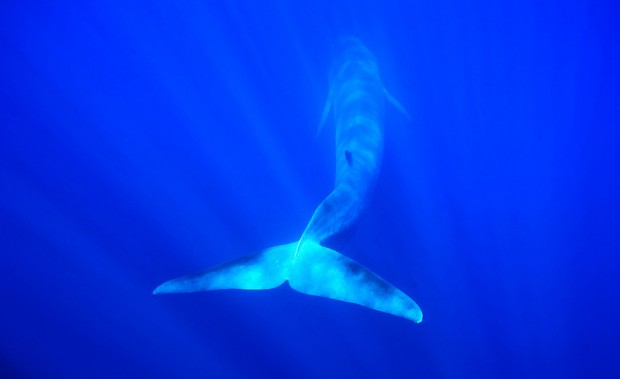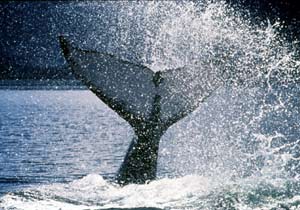Commercial whaling devastated the world’s biggest whale species, pushing some of them to the very brink of extinction in the early to mid 20th Century. Whaling for meat, oil, or whalebone was not a new idea, but new explosive harpoons and industrialised factory ships plundering the seas for whales had an even more catastrophic impact than what had come in centuries before.
It was the realisation that catches were declining that led to the creation, by whaling nations, of an organisation that would become the ‘International Whaling Commission’ (IWC).





